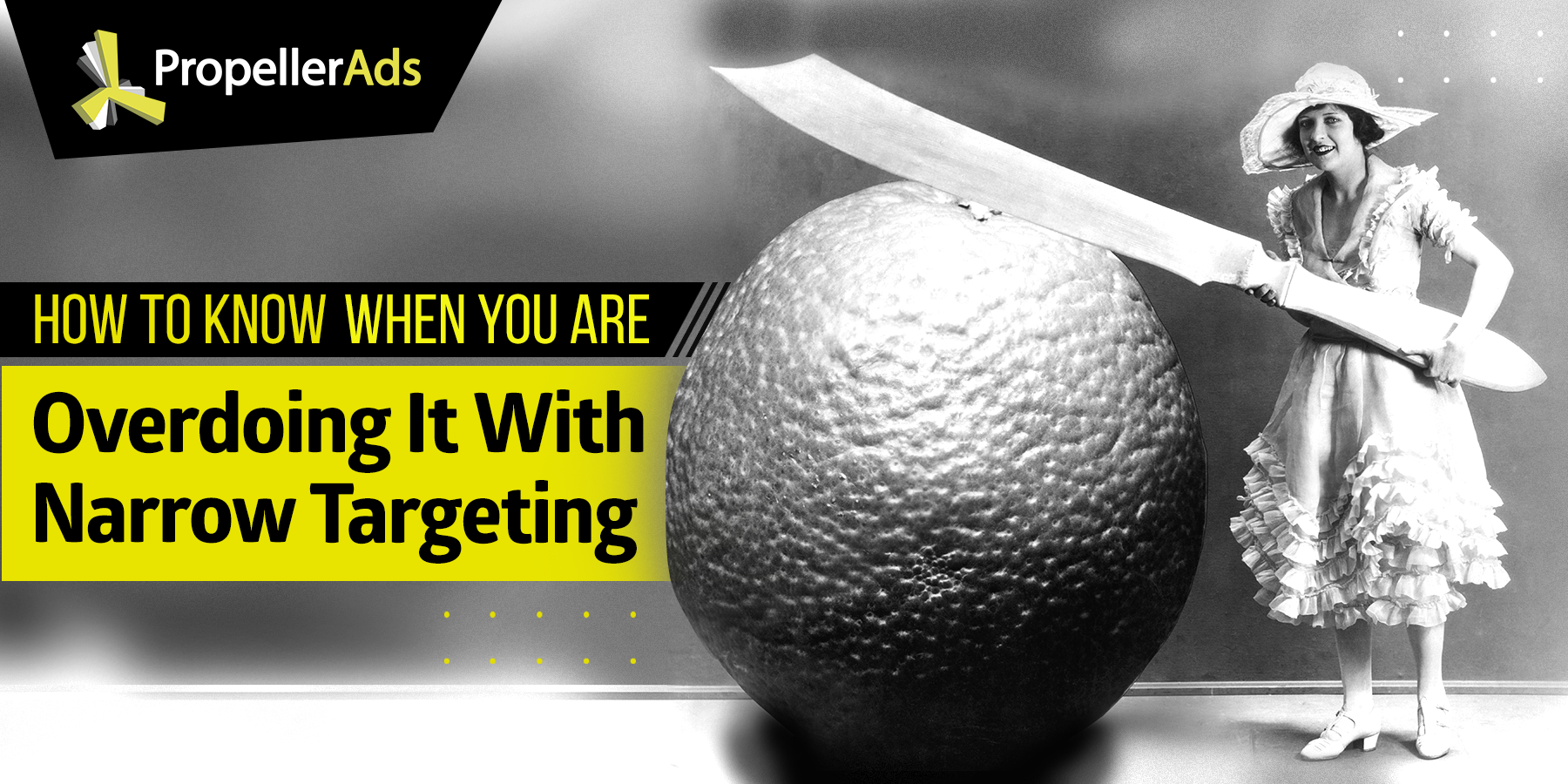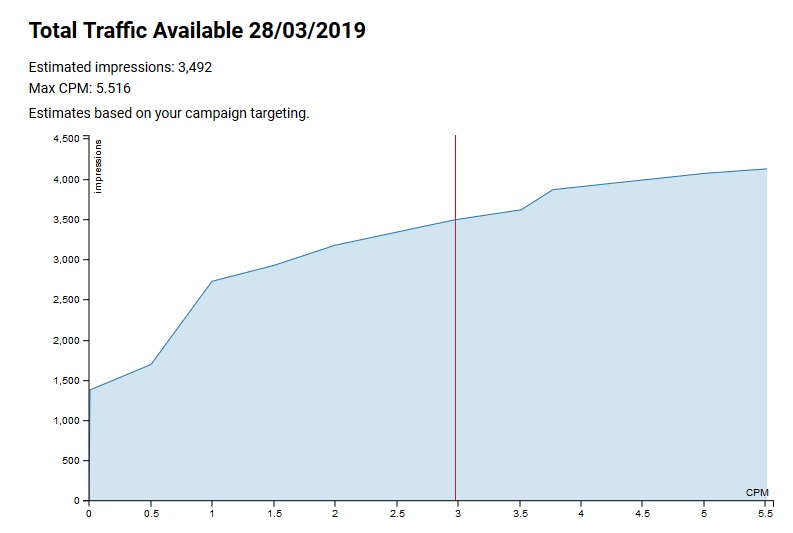How to Know When You’re Overdoing It with Narrow Targeting

This post is also available in:
PT
Launching a marketing campaign is like hosting a massive house party during your student years. Sure, you’d like to limit the number of guests and make sure that your friends and the people you like will definitely be there. But, narrowing down the list and limiting the celebration to a small group of people can actually turn your bash into a boring reunion.
Likewise, when you launch a marketing campaign, targeting allows you to choose which users get to see your ads. This can help you find the demographic that yields the best results and improve the performance of your campaign. But, just like the house party, if you narrow down your list of guests too much, you’ll end up with minimal traffic and reduced profits.
Let’s take a look at the different targeting options you have available and give you a few tips to help avoid overusing these settings.
Targeting Options Explained
As you probably already know, targeting options allow you to decide what users get to see your ads, based on different demographics. For instance, you can target users based on their geographical location, device type, connection type, time zone, operating system, and their browsing patterns, just to name a few.
These filtering options can often be divided into two categories, which are broad and narrow targeting.

Wide (Broad) Targeting
Marketers that use broad or wide targeting options want to reach large demographics and expect big traffic volumes as a result. These campaigns should focus on users who are “soon-to-be-interested” or close to the top of the funnel. Wide targeting is used best over a long period of time, but you’ll need a bigger budget to make your campaign fly.
Example of wide targeting (Onclick, CPM, recommended bid) & available traffic volumes:
- France, Mobile, Android

Narrow Targeting
Narrowing down your targeting settings usually raises conversion rates and ROI because you only advertise to users who are interested in your products. Traffic volumes tend to be much lower with narrow filtering, not to mention the fact that these campaigns tend to work best when used over a short period of time.
Also, keep in mind that you won’t have the chance to optimize campaigns that have narrow targeting because they have low traffic volumes, so you should spend more time making sure your creatives are perfect in the early stages.
Example of narrow targeting (Onclick ads, CPM, recommended bid) & available traffic volumes:
- France, Paris, Mobile, Android, OS version: Android 8, Browser: Google Chrome, Browser language: French, Connection type: 3G/LTE, Mobile ISP: Orange

Why is Extreme Targeting a Big No-No?
Although super narrow targeting may seem like the best way to take advantage of your budget, you need to be wary of overdoing it. Extreme targeting can reduce the number of users that see your ads, but you also need to ensure you’re getting enough interactions to actually generate revenue.
Even though it’s not the only aspect, the traffic volume will have a direct impact on the performance of your campaign. Even if you have high conversion rates and other metrics, these won’t mean anything if your traffic volume is too small to make a profit. So, even if you’re looking to optimize your current campaign performance, you should monitor your efforts closely to make sure you didn’t get too carried away with your targeting.
Is Your Audience Too Narrow for Targeting?
It’s normal to see a drop in click volumes after toggling your targeting settings. But, if you notice you aren’t getting any clicks at all, it can mean either that users are not interested in your ads or that your audience is too narrow.
In order to eliminate the first option, you need to create a set of alternative ads and run some split tests to figure out which ones perform best. If you aren’t getting any clicks after you try different ad variations, it’s safe to assume your audience is too narrow.
How to Implement Targeting to Your Strategy
Like most marketing strategies, the ideal approach to targeting will depend on your specific situation and the industry you operate in. That said, there is a general method that can improve your chances of designing a successful campaign.
Assuming that you have enough time and a big enough budget, start off with broad or wide targeting. This will be a bit more expensive at first, but you’ll be able to identify the different demographics that yield the best conversions. Then, you can design multiple mini-campaigns that target small audiences through dedicated content. This should improve your conversion rates, increase your ROI, and generate more revenue than more traditional models. Here’s a great pre-lead generation strategy.
Regardless of your product or industry, knowing how to take advantage of the targeting options you have available can improve the performance of your campaign while helping you reduce marketing costs across the board. That said, you need to avoid overusing the targeting options you have available in order to ensure the best results.

